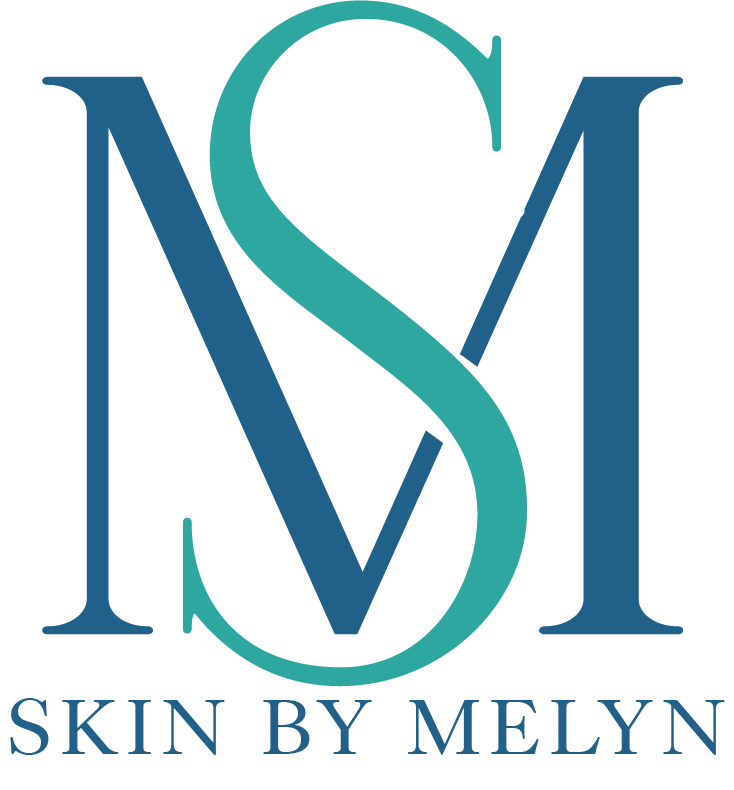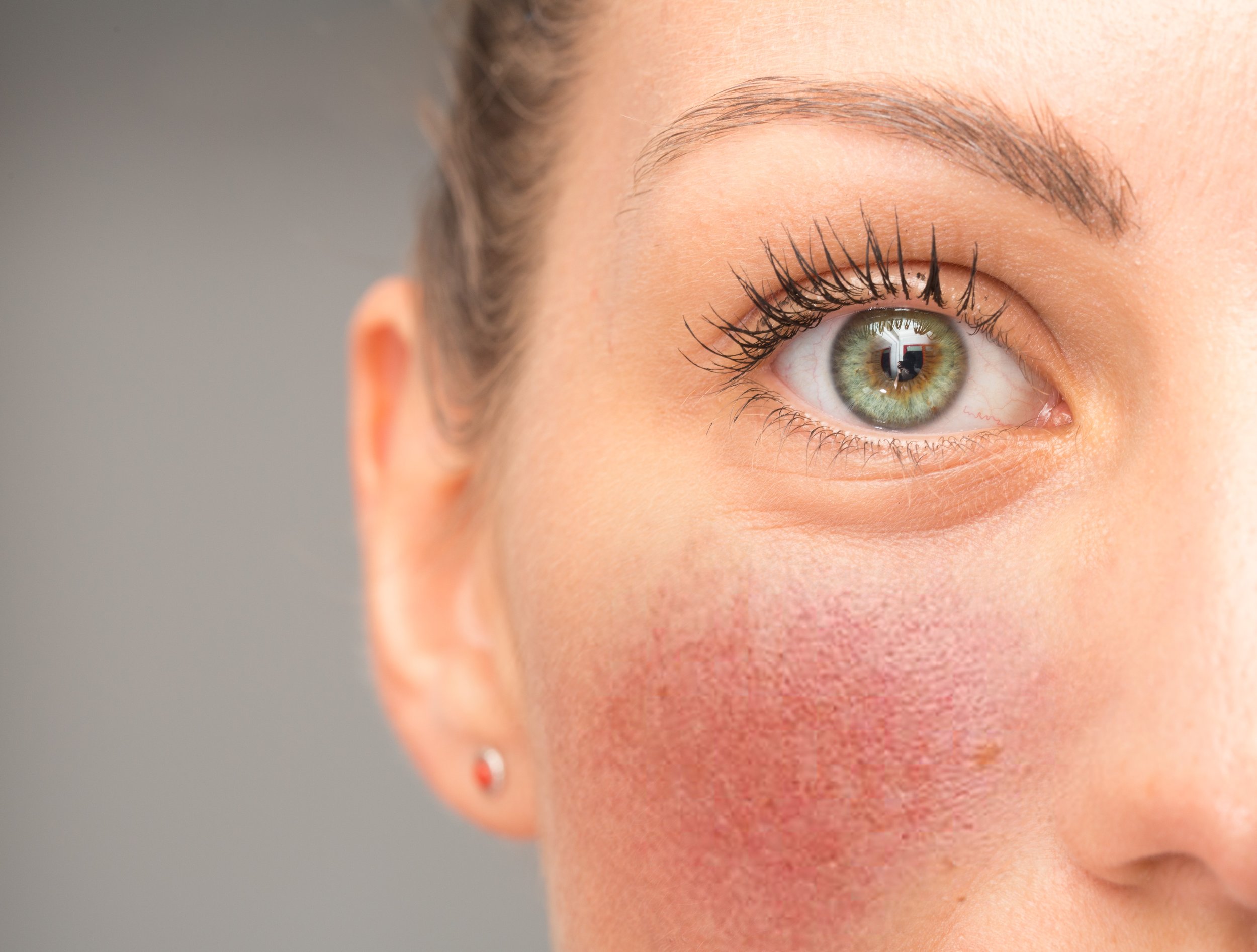Rosacea
Rosacea is a chronic, inflammatory skin condition that causes redness (blushing or flushing), visible blood vessels in the face, and sensitivity. It may also produce small, red, pus-filled bumps. These symptoms may flare up for a few weeks to months at a time, or it may continue into a full progression of the 2 Subtypes (or stages) of rosacea. As always, not all clients or their skin are the same. What triggers rosacea in one person may not be a factor at all for another. However, for people with rosacea, preventing flare ups is going to be key in managing the condition. As a skin care professional, it’s my responsibility to educate clients on their potential triggers so they can do their best to avoid them whenever possible. (Always keeping my client-centred care in mind). The DMK Professional Enzyme Treatments and DMK home care products that I provide are a excellent treatment course and able to manage some of the worst cases.
Rosacea Triggers
Although a definitive cause of rosacea has yet to be identified by researchers and physicians, there are some patterns that show who may be predisposed to develop the condition. Firstly, rosacea is known to be largely genetic, and frequent flushing in younger years can be a precursor to a more prominent condition of rosacea later in life. Typically, visible signs of rosacea begin between the ages of 30 and 50, and it tends to be more common in women than in men.
-
• UV Exposure
• Centralized heating and air conditioning (drying environments)
• Dry, cold, or windy weather exposure
• Hot water use (hot showers, steaming)
• Chemicals such as chlorine in swimming pools or overexposure to pollutants
• External allergens
• Moisture-stripping skincare formulas, detergents and surfactants (such as over-drying cleansers)
• Over-exfoliation (using scrubs, BHA’s, AHA’s and enzymes too often)
-
• Vasodilation medication
• Exercise (increases heat and blood flow)
• Vitamin & mineral deficiency (especially omegas 3,6,7,9,)
• Overconsumption of vasodilating foods and beverages (such as caffeine, alcohol, and spicy foods)
• Internal dehydration
• Internal inflammation
• Internal allergens
• Hormonal fluctuation
• Topical steroids
• Calcium-channel blockers
• Seborrheic dermatitis
• Demodex mite infestation (Demodex folliculorum overproliferation in the hair follicles)
• Stress
Three Primary Causes of Rosacea
UV Exposure
No surprise here — as skin pros, we know that UV exposure can cause or contribute to almost any skin condition we treat. In the case of rosacea, heat, sensitization, and inflammation caused by sunlight all play a role.
Vasodilation
The dilating of blood vessels to increase blood flow (and the transfer of essential oxygen, nutrients, and white blood cells) to an affected area. Part of a healthy inflammatory response, however, chronic or overactive vasodilation will result in damage to these blood vessels (i.e. rosacea).
Demodicosis
An inflammation-causing infestation of demodex mites (yes, mites!) found on human skin. While these mites are typically present on all human skin and generally harmless, when our immune system or skin barrier falls short, an overproliferation of these mites can lead to dermatitis or signs of rosacea.
SUBTYPE 1:
Erythematotelangiectatic Rosacea
This condition is common among those aged 30-50. Common client complaints include redness, inflammation, sensitivity, and a feeling of "heat" in the skin. They also might notice broken capillaries or describe red, vein-like markings, or "splotchiness." Acne is also commonly related to rosacea.
Signs: what can be seen | Symptoms: what can be felt
Erythematotelangiectatic rosacea is a mouthful. To help you remember it, you can break it down into two of its main characteristics:
Erythema refers to redness of the skin caused by hyperemia or increased blood flow in superficial capillaries. It can appear "rashlike" and ranges from mild to severe.
Telangiectasia refers to dilated or broken blood vessels located near the surface of the skin, appearing as fine pink or red lines.
Both of these symptoms typically present in the middle of the face (cheeks and nose) in this subtype of rosacea.
SUBTYPE 2:
Papulopustular Rosacea
As the name suggests, papulopustular rosacea can present with acne papules and pustules where the skin is exhibiting redness. It will also present with all or many of the symptoms associated with SUBTYPE 1, however often to a more significant degree.
Along with those listed in SUBTYPE 1, signs and symptoms include:
Very sensitive skin, accompanied by a stinging or burning sensation
High level of transepidermal water loss and barrier dysfunction present
Acne papules and pustules where skin exhibits redness
Rough or "built-up" areas of reddened skin (referred to as plaque)
Skin can be both oily and flaky at once
DMK Treatments
To learn more about the science behind DMK Enzyme treatments for Rosacea, visit the DMK blog here.





